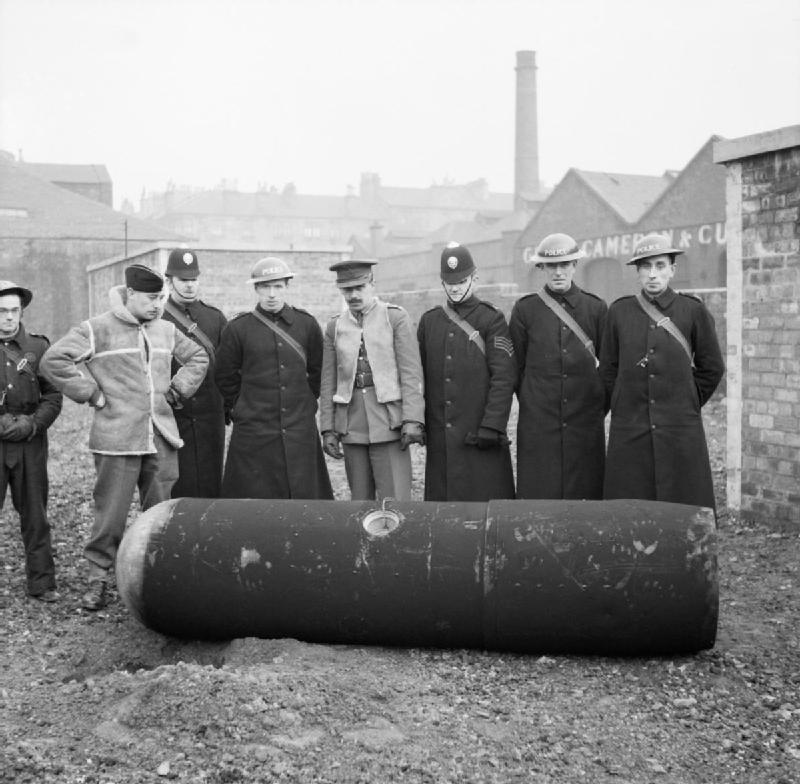Greenock Blitz on:
[Wikipedia]
[Google]
[Amazon]
 The Greenock Blitz is the name given to two nights of intensive bombing of the town of Greenock,
The Greenock Blitz is the name given to two nights of intensive bombing of the town of Greenock,
Full list of casualtiesGreenock Blitz
{{WWII city bombing, state=autocollapse 1941 in Scotland Airstrikes conducted by Germany The Blitz Greenock Military history of Greenock History of Inverclyde Scotland in World War II
 The Greenock Blitz is the name given to two nights of intensive bombing of the town of Greenock,
The Greenock Blitz is the name given to two nights of intensive bombing of the town of Greenock, Scotland
Scotland (, ) is a Countries of the United Kingdom, country that is part of the United Kingdom. Covering the northern third of the island of Great Britain, mainland Scotland has a Anglo-Scottish border, border with England to the southeast ...
by the Nazi German
Nazi Germany (lit. "National Socialist State"), ' (lit. "Nazi State") for short; also ' (lit. "National Socialist Germany") (officially known as the German Reich from 1933 until 1943, and the Greater German Reich from 1943 to 1945) was ...
''Luftwaffe
The ''Luftwaffe'' () was the aerial-warfare branch of the German ''Wehrmacht'' before and during World War II. Germany's military air arms during World War I, the ''Luftstreitkräfte'' of the Imperial Army and the '' Marine-Fliegerabtei ...
'' during the Second World War
World War II or the Second World War, often abbreviated as WWII or WW2, was a world war that lasted from 1939 to 1945. It involved the vast majority of the world's countries—including all of the great powers—forming two opposi ...
. The raids over the nights of the 6 and 7 May 1941 targeted the shipyards and berthed ships around the town (similar to the Clydebank Blitz
The Clydebank Blitz were a pair of air raids conducted by the ''Luftwaffe'' on the shipbuilding and munition-making town of Clydebank in Scotland. The bombings took place in March 1941.
The air raids were part of a bombing program known today as ...
the previous March). The brunt of the bombing fell on residential areas. Over the two nights, 271 people were killed and over 10,200 injured. From a total of 180,000 homes nearly 25,000 suffered damage and 5,000 were destroyed.
6 May
The attack began around midnight on 6 May when around 350 German bombers attacked the town. Bombs fell all over the town and surrounding area; serious damage being inflicted on East Crawford Street and Belville Street. Many civilians fled to the tunnels in the east end of the town, significantly reducing casualties the next night.7 May
Air raid sirens at 12:15am on 7 May marked the beginning of a second night of bombing. Initially,incendiary bomb
Incendiary weapons, incendiary devices, incendiary munitions, or incendiary bombs are weapons designed to start fires or destroy sensitive equipment using fire (and sometimes used as anti-personnel weaponry), that use materials such as napalm, t ...
s were dropped around the perimeter of the town. The second wave attacked primarily the east end and centre of Greenock; the distillery in Ingleston Street had been set alight in the first wave, causing a huge fire which acted as a beacon for the rest of the bomber force. The final wave came around 2am; dropping high-explosive
An explosive (or explosive material) is a reactive substance that contains a great amount of potential energy that can produce an explosion if released suddenly, usually accompanied by the production of light, heat, sound, and pressure. An expl ...
bombs and parachute land mines which caused widespread destruction.
At 3:30am the "All Clear" sounded, but a large area of the town was in flames. The sugar refineries, distillery and foundries were all extensively damaged, Greenock Municipal Buildings
Greenock Municipal Buildings is a municipal structure in Clyde Square, Greenock, Scotland. The municipal buildings, which are the headquarters of Inverclyde Council, are Category A listed building, listed.
History
The first municipal building ...
complex was partly destroyed, and several churches were left as burnt-out shells. However, damage to the shipyards was minimal.
Decoy site
An Air Ministry decoy starfish site behindLoch Thom
Loch Thom is a reservoir which since 1827 has provided a water supply to the town of Greenock in Inverclyde, Scotland. It is named after the civil engineer Robert Thom who designed the scheme which created the reservoir and delivered water ...
prevented the number of casualties being even higher. The decoy was lit on the second night of the blitz. It consisted of a large number of mounds of combustible materials scattered over a wide area of the moorland to simulate a burning urban area. Scores of large bomb craters were found after an inspection of the decoy after the air raids.
George Medal
Three local firemen were awarded theGeorge Medal
The George Medal (GM), instituted on 24 September 1940 by King George VI,''British Gallantry Medals'' (Abbott and Tamplin), p. 138 is a decoration of the United Kingdom and Commonwealth, awarded for gallantry, typically by civilians, or in cir ...
.
References
External links
Full list of casualties
{{WWII city bombing, state=autocollapse 1941 in Scotland Airstrikes conducted by Germany The Blitz Greenock Military history of Greenock History of Inverclyde Scotland in World War II